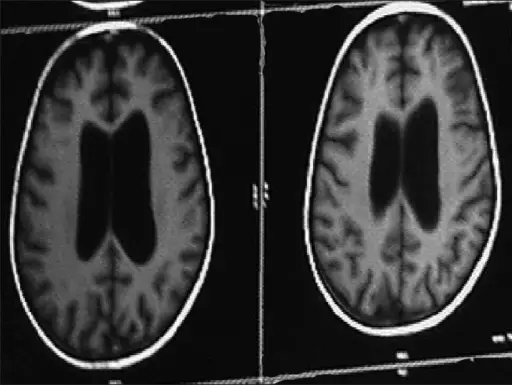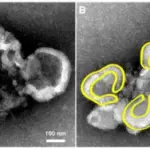Mumps is a contagious disease caused by a virus and it occurs with a few days of fever, headache, muscle aches, tiredness, and loss of appetite.
What is the Pathology of Mumps?
The pathology of mumps is:
-Etiology: The cause of mumps is a virus that spreads through infected saliva.
-Genes involved: Not applicable.
-Pathogenesis: The sequence of events that lead to mumps are not exactly known, but upon virus infection, lymphocytic infiltration and destruction of periductal cells occur which leads to blockage of the ducts in the salivary glands and the seminiferous tubules of the testes, respectively.
-Morphology: The morphology associated with mumps shows single stranded, non-segmented negative RNA, 15384 nucleotides long.
-Histology: The histology associated with mumps shows enlarged lymph nodes.
How does Mumps Present?
Patients with mumps typically are all genders, mostly males at an age range of between 4 and 6 years of age. The symptoms, features, and clinical findings associated with mumps include muscle aches, fatigue, loss of appetite, headache, and fever.
How is Mumps Diagnosed?
Mumps is diagnosed by swab test, blood test.
How is Mumps Treated?
Mumps is treated by medications.
What is the Prognosis of Mumps?
The prognosis of mumps is good. Children typically fully recover within a few weeks, while in adults the illness is more likely to be severe.



